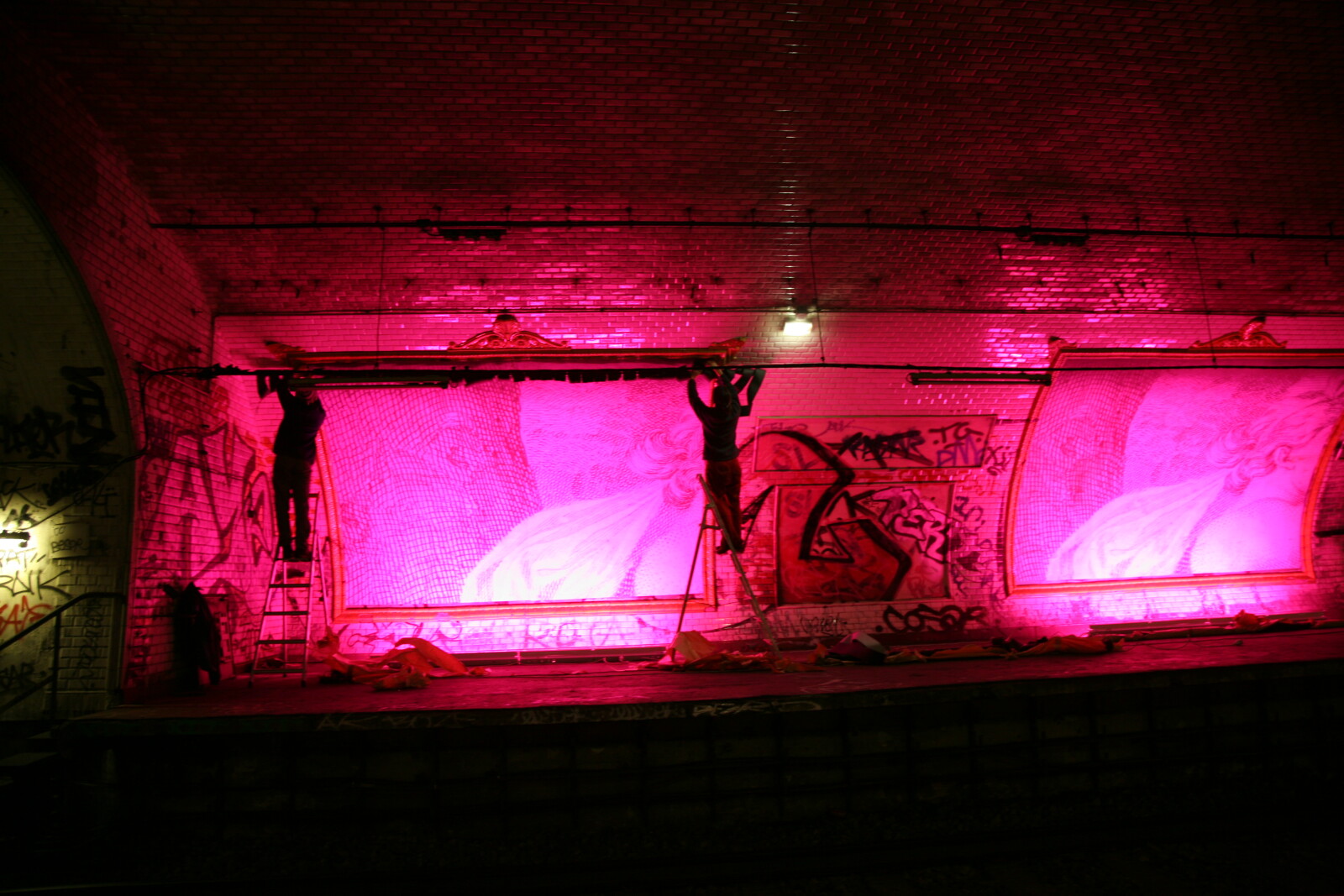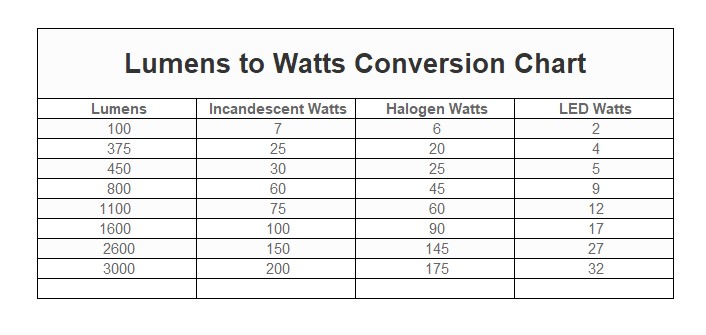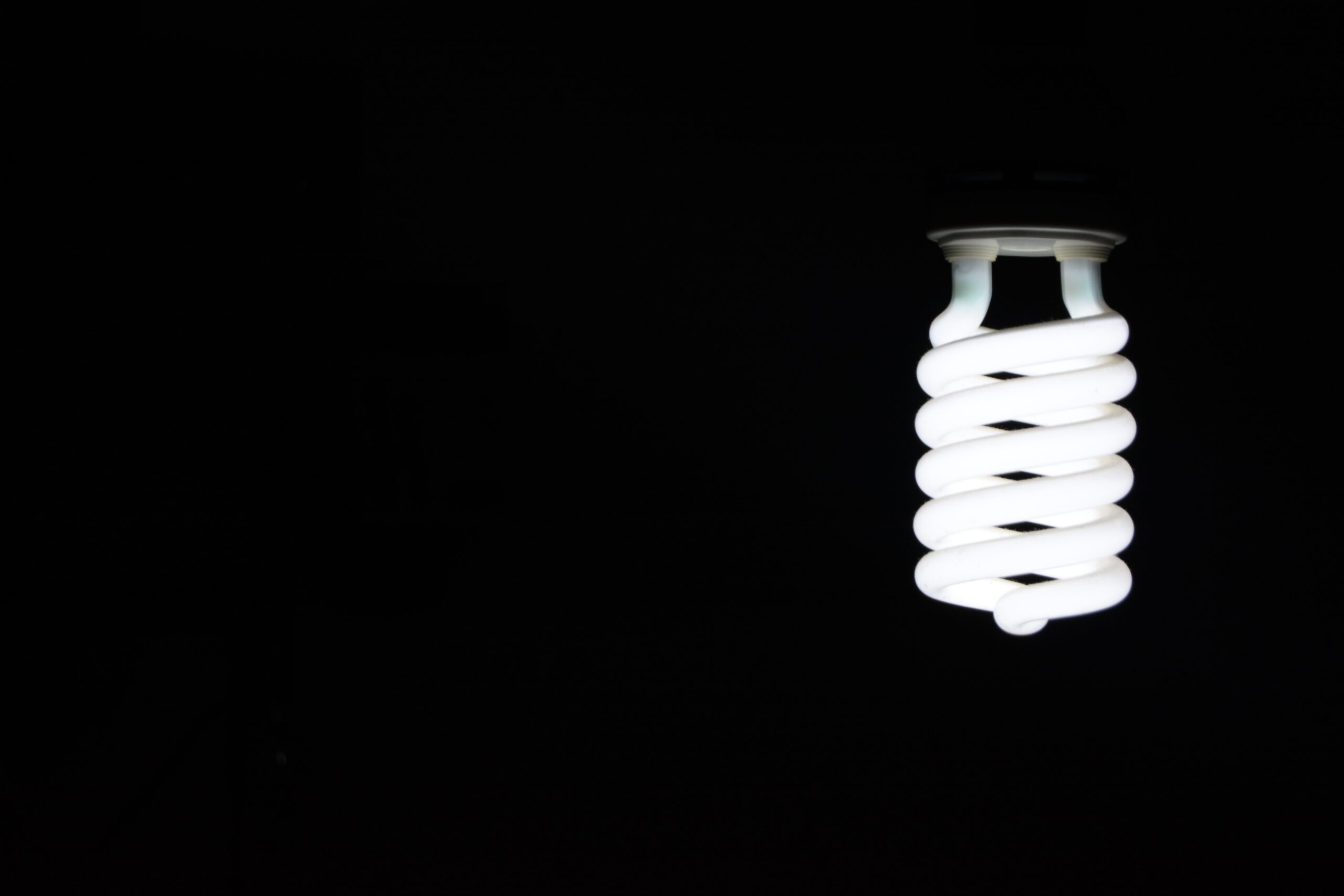Whether you’re looking to illuminate an entire wall of artwork or just want to bring special attention to your favorite piece, installing picture lights can enhance the design and feel of any room. With a few essential tools and supplies, you’ll be able to show off your prized possessions in no time!

Measure the width of the painting and determine the best placement for the lights.
Measure the width of the painting, and determine where it will be hung. Even if you have a clear idea of how you want to turn your artwork, it’s best to double-check your measurements before committing. Make sure that the lights are wide enough to fully illuminate your work, but also don’t put them right up against or next to it—you want some breathing room between the edge of the frame and where you’re placing lights so that they don’t get covered up by things like frames or curtains.
Select a light that is wide enough to fully illuminate your work.
Most of the lights we sell are designed to be installed above a work surface. However, they can also be installed horizontally or vertically.
- If you are installing a single picture light, choose a unit at least 8 inches wide. This will ensure that your painting will be fully illuminated.
- If you are using multiple picture lights, make sure that they overlap and cover the entire area of your artwork, so it’s evenly lit from all angles. You may need to purchase additional lights with just one or two units if this isn’t possible.
- If you plan on using multiple units with a light kit, measure the distance between each mounting bracket—the number varies by brand—and add another 12 inches for each shelf connected by chain (or 6 inches if using an extension cord). The total length should equal twice the measurement from Step 1 above; this ensures an even distribution of light across your artwork without leaving any dark spaces between lamps and mounting brackets where dust could collect over time!

Determine how far from the painting you want to mount the picture light.
Before installing a picture light, it’s essential to consider where you want the light to be mounted relative to your painting.
- The distance between the top of your painting and where you will mount the picture light should be determined by how far away from its frame you wish for it to illuminate. It should not be too high or low as this can create unwanted shadows or brightness on your artwork.
Check for obstructions such as molding or wires between where you want to mount the picture light and the desired location of your artwork.
- Check for obstructions such as molding or wires between where you want to mount the picture light and the desired location of your artwork.
- Make sure there is ample space between the wall and your artwork. If you’re hanging a painting, for example, allow at least 1/2 inch (1 cm) between the edge of the frame and the wall so that air can circulate around it; if you’re hanging a sculpture from a bracket on a baseboard in an area where there’s moisture like in a bathroom or shower stall, be sure to keep it away from any water sources because they could cause damage to it over time.
Using a template (if applicable) to mark where you intend to drill, make sure your marks are level with each other.
To begin, you’ll need to use a template (if applicable) to mark precisely where you want to drill. Make sure your marks are level with each other. If you want an accurate template, use a group to ensure that the marks are level before marking them on the wall. Marking on a wall can be done with a pencil or pen; however, using templates will help ensure accuracy when installing picture lights in your home.
Drill holes at the positions marked on your template.
- To ensure that the holes are exactly where you want them, place the template on your wall and use a pencil to mark each hole location.
- Use an electric drill to carefully drill holes into the wall at each marked location (make sure they’re level with each other). If you don’t have a good bit set on your drill, this is an excellent time to add one!
- Loosen any wires or obstacles hanging down in front of where you’ll be drilling, so they don’t get caught in your drill bit when it’s spinning around really fast in there!
- Insert anchors into each hole using a screwdriver or socket wrench, depending on what kind of anchors and screws you bought; tighten them securely but not too tightly—you don’t want them squeezing through the drywall like toothpaste from an empty tube!
Install anchors in the drilled holes (if necessary).
If your wall is made of hollow material, like drywall or plaster, and you want to hang a heavy object such as a picture light or mirror on it, you’ll need to use anchors. To install anchors on your wall:
- Use a hammer drill to make holes for the anchors at the top of each drilled hole. Make sure that you don’t drill too far into the wall—you should drill holes that are big enough for the screws on your picture lights but not so big that they touch each other inside the wall.
- Screw-in an anchor about 1/4 inch from each of these drilled holes using an anchor driver or ratchet screwdriver until it’s snugly fastened into place. When installing them, you may need an extra pair of hands if they’re too heavy!
Mount your bracket into the drilled holes.
Mount your bracket into the drilled holes. Use a drill to screw the bracket into the wall, ensuring it is level and secure. With the bracket mounted and level with your picture light, check whether or not it is also level with your picture light. If it isn’t, use a level or spacer between them until they are both at the same height. Are you looking for high-quality lighting options? Look no further than Besa, Kichler, Saboy House, and Justice Design brands. These top-of-the-line brands offer sleek and stylish lighting solutions for any room in your home. And with 1StopLighting promo codes, you can upgrade your lighting while saving money. Discover the convenience and affordability of shopping at 1StopLighting, whether renovating your entire house or replacing outdated fixtures.
Run electrical wiring through the wall and through drilled holes in your bracket (if necessary).
First, run your wiring through the bracket. If you’re installing a picture light in a new wall, drill holes through your bracket and into the wall where you’d like to hang it. If you have an existing picture light that needs to be moved or replaced, you’ll need to make sure there’s already an opening at that height so that your wiring can be routed through it. Replace an old fixture with one that uses a different type of bulb or has a different wattage if you are changing bulbs.
Next, run the wires up along the back of your bracket and out of sight at either end (where they connect with their power source) before continuing on with installation steps 2 and 3 below!
Plug in your lights and make sure they’re working properly.
Once you have your lights and bulbs, it’s time to plug in your lights and make sure they’re working properly. Check that the lights are the correct wattage for the socket (some lamps use more than one bulb), match the color temperature of the room where you’ll be installing them and that their brightness level is appropriate for each location. You’ll also want to check that no two bulbs are exactly alike—this can cause a problem if one goes out unexpectedly because you won’t know which other bulb will also go out at some point.
Installing picture lights can enhance any room, but it’s essential to plan ahead and ensure that you’re not drilling into wires or moldings before you begin.
- Make sure you have enough space to mount the lights.
- Make sure you have enough space to mount the bracket.
- Don’t forget to leave enough room for wiring.
- Make sure you have enough space to mount the light switch.
Conclusion
If you are uncomfortable doing it yourself, it is best to find someone who can do it for you or at least help. It’s also not a bad idea to just hire an electrician because they know what they’re doing and may be able to give you some tips on how best to do this in the future. Good luck!


